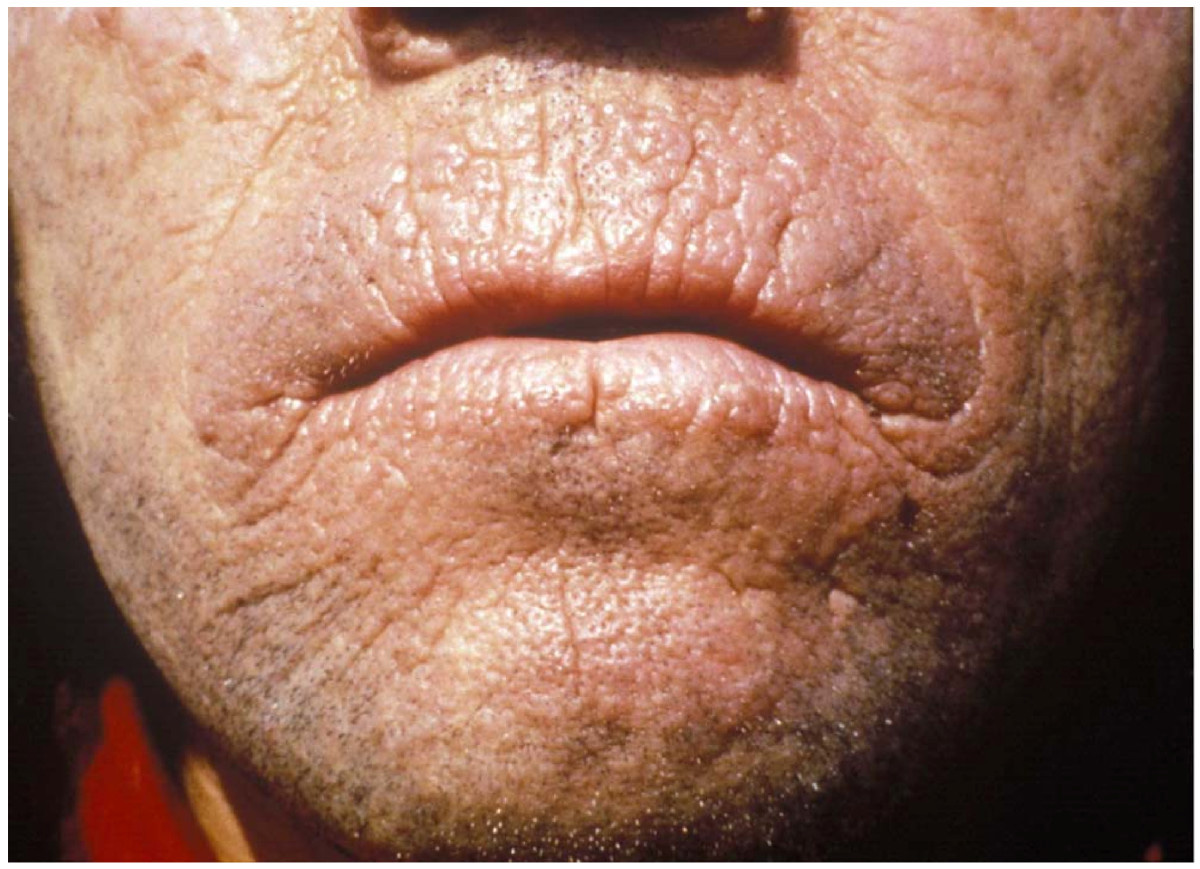
SkinLesions
Alesion on the skin is a strange growth or area that is different fromthe other skin around it. The two types of skin lesion are primaryand secondary.
Primaryones are simple discolourations of the skin that typically appear atbirth, usually birthmarks or moles. Other types or primary skinlesions can appear later on in life; these include psoriasis, warts,acne, allergic skin reactions or even sunburns.
Secondaryskin lesions are direct results of primary lesions and are caused bythe primary lesions expanding or growing worse over time or by damageto the lesion.
MainPrimary Lesions
Apapule is a rigid lesion that expands above the skin's surface andmay be pink, red or brown in colour. Clustered groups of papules arecalled 'plaques' and may be indications of warts, psoriasis, syphilisor even skin cancer.
Anodule, on the other hand, is rooted deeper than papules tend to be.They are fairly distinguishable from the skin around them becausethey are also quite hard. Especially big nodules are called tumors.
Vesiclesare actually small blisters, typically round or oval in shape andfilled with a colourless liquid. They are usually caused by sunburns,infections from viruses, skin irritation by chemical agents or insectstings.
Molesand freckles are the most common form of macule, a skin lesioncharacterised by its white, red or brown colouration and the circularshape on the skin. They are typically fairly small and macules thatare larger than one inch are instead known as patches.
Apustule is a lesion that is filled with pus. These are typically theresult of an infection. Wheals are similar but do not contain pus andare instead caused by allergic reactions to foreign substances.
Thecondition whereby tiny blood vessels near to the skin's surfacedilate and show up from underneath the skin is called telangiectasiaand is usually a symptom of illnesses like scleroderma and rosacea.
MainSecondary Lesions
Crustsor scabs are the natural results of the body trying to heal scrapsand cuts or lesions that have become infected. The tissue thatreplaces the flesh or skin lost by an injury is fibrous and tough andusually has a white colour and is known as a scar.
Ulcerstend to form due to bacterial infections or from long-term skindiseases. Scale is an accumulation of dead skin cells usually causedby infections, eczema and psoriasis.
Treatment
Adoctor will first need to determine the type of skin lesion and theextent to which it affects the skin to know if the lesion is harmlessor if it is an indication of an underlying medical issue. Some skinlesions, especially moles, can indicate skin cancer if they are notsymmetrical or if their colouration is abnormal. Treatments fordifferent skin lesions can vary wildly. Allergic reactions can betreated with antihistamines and prevented by simply avoiding thesubstance that caused the reaction. Certain creams or lotions canmoisturise or cleanse the skin, clearing away the scale and dead skincells. Skin infections are typically treated with antibiotics ortopical skin creams. Lesions that have become infected maynecessitate a medical procedure to heal, depending on the severity ofthe infection. Moles and other lesions can be removed by scalpel orby laser for aesthetic reasons.


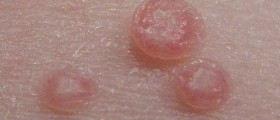


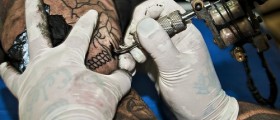
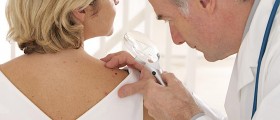

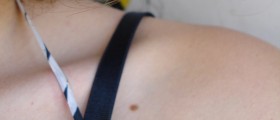

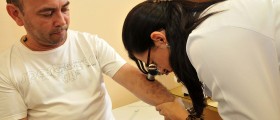
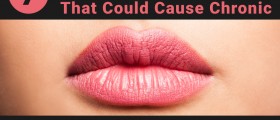
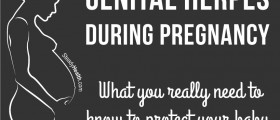
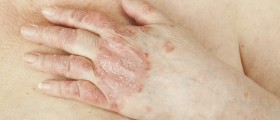

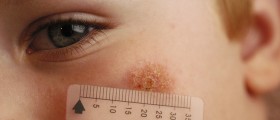

Your thoughts on this
Loading...